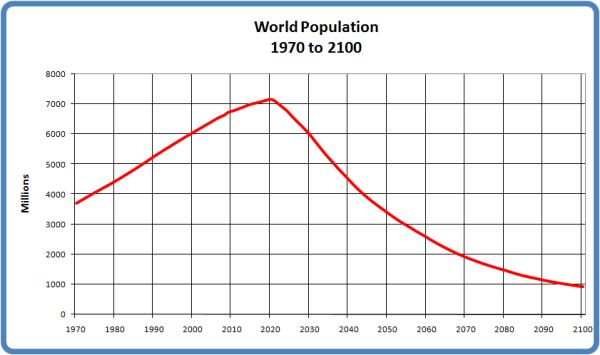
It allows to keep PV going, with more focus towards AI, but keeping be one of the few truly independent places.
-
One creature resemble in it's behaviour and destiny modern monkeys with smartphones:
The bamboo species Melocanna baccifera blossoms en masse approximately every 48 years. This particular type of bamboo grows throughout a large area of Northeast India (primarily in Mizoram and Manipur States) as well as regions of Burma (mainly Chin State) and Bangladesh (Hill Tracts.) It densely covers valleys and hillsides in the typically rugged terrain of the region. The blossoming bamboo produces fruit, then dies off.

The fruit has a large seed, resembles avocado, and is packed with protein and other nutrients. During the fruiting stage of the cycle, local species of forest rats feed on the bamboo fruits/seeds. The rats cease cannibalizing their young and begin to reproduce in an accelerated birth surge, producing a new rat generation as often as every three months. Once the burgeoning population of rats has stripped the forest of bamboo fruit/seeds, nocturnal rat swarms quietly invade farms and villages to devour crops and stored rice, other grains, potatoes, maize, other vegetables, chili, and sesame.
The rodents often grow to particularly large sizes and can gnaw through bamboo and wood floors, walls, storage containers and granaries. This phenomenon has historically resulted in mass starvation among the indigenous peoples of the region where Melocanna baccifera bamboo grows. According to The Times of India, "the last flowering in Mizoram, in 1958-59, caused a famine that killed between 10,000 and 15,000 people and destroyed hundreds of thousands of livelihoods." The bamboo flowering and rat infestation cycle has in the past lasted for about three years, until the rats run out of food and their populations return to normal.


 WorldPopulation_small.jpg600 x 355 - 35K
WorldPopulation_small.jpg600 x 355 - 35K
Howdy, Stranger!
It looks like you're new here. If you want to get involved, click one of these buttons!
Categories
- Topics List23,993
- Blog5,725
- General and News1,354
- Hacks and Patches1,153
- ↳ Top Settings33
- ↳ Beginners256
- ↳ Archives402
- ↳ Hacks News and Development56
- Cameras2,368
- ↳ Panasonic995
- ↳ Canon118
- ↳ Sony156
- ↳ Nikon96
- ↳ Pentax and Samsung70
- ↳ Olympus and Fujifilm102
- ↳ Compacts and Camcorders300
- ↳ Smartphones for video97
- ↳ Pro Video Cameras191
- ↳ BlackMagic and other raw cameras116
- Skill1,960
- ↳ Business and distribution66
- ↳ Preparation, scripts and legal38
- ↳ Art149
- ↳ Import, Convert, Exporting291
- ↳ Editors191
- ↳ Effects and stunts115
- ↳ Color grading197
- ↳ Sound and Music280
- ↳ Lighting96
- ↳ Software and storage tips266
- Gear5,420
- ↳ Filters, Adapters, Matte boxes344
- ↳ Lenses1,582
- ↳ Follow focus and gears93
- ↳ Sound499
- ↳ Lighting gear314
- ↳ Camera movement230
- ↳ Gimbals and copters302
- ↳ Rigs and related stuff273
- ↳ Power solutions83
- ↳ Monitors and viewfinders340
- ↳ Tripods and fluid heads139
- ↳ Storage286
- ↳ Computers and studio gear560
- ↳ VR and 3D248
- Showcase1,859
- Marketplace2,834
- Offtopic1,320
Tags in Topic
- economics 319




